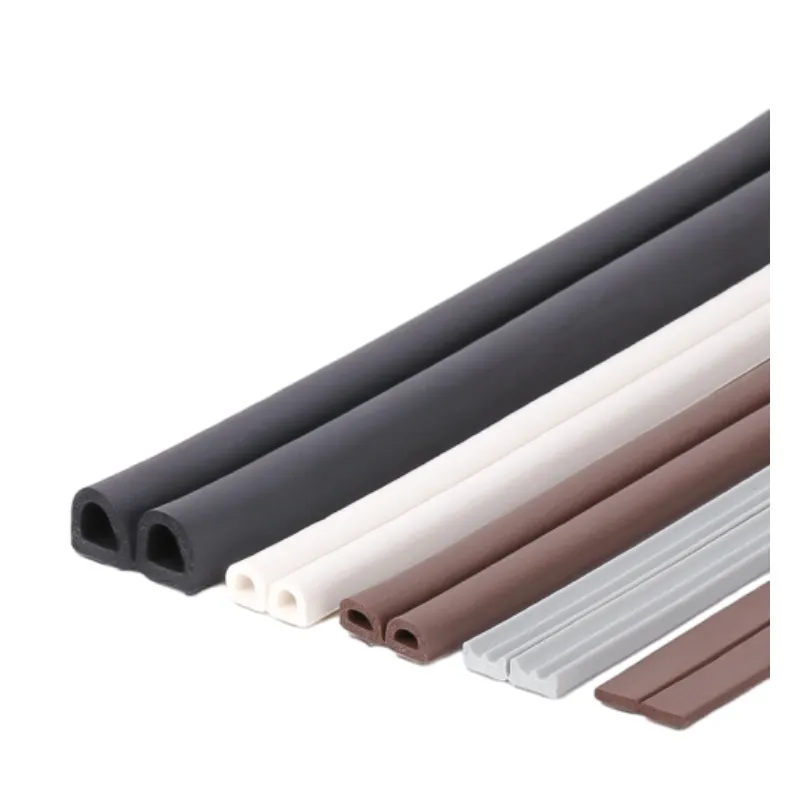Designing Efficient Drainage Cell Systems for Effective Water Management and Soil Conservation
Understanding Drainage Cell Mat A Vital Component in Modern Infrastructure
In an age where sustainable development and effective land management are paramount, drainage cell mats have emerged as indispensable tools in various applications. These innovative products are primarily designed to manage water flow and promote effective drainage, making them essential for civil engineering projects, landscaping, and environmental conservation. This article delves into the composition, functionality, and benefits of drainage cell mats, shedding light on their critical role in modern infrastructure.
What is a Drainage Cell Mat?
A drainage cell mat is a modular, lightweight structure comprised of high-density polyethylene (HDPE) or similar materials. These mats consist of a series of interconnected cells that provide open spaces for water to flow through while ensuring stability and support for the surfaces above. They are engineered to facilitate efficient drainage, prevent soil erosion, and reduce waterlogging, making them ideal for various applications, including green roofs, sports fields, and retaining walls.
The Functionality of Drainage Cell Mats
The primary function of drainage cell mats is to manage stormwater runoff effectively. During heavy rainfall, these mats can capture excess water, allowing it to percolate through the cells rather than pooling on the surface. This capability is crucial in urban areas, where impervious surfaces can lead to significant flooding and erosion. The drainage cells are designed to retain water and gradually release it, providing a buffer that mitigates the risk of sudden surges in the water table.
Moreover, drainage cell mats contribute to the overall stability of surfaces above them
. By dispersing the weight of structures—such as pavements, green roofs, and landscaping features—across a larger area, these mats prevent settling and structural damage. This distribution of load is especially critical in areas susceptible to shifting soils or in locations with significant vehicular traffic.Environmental Benefits
drainage cell mat

The environmental benefits of using drainage cell mats are multifaceted. Firstly, they enhance the natural infiltration of water into the ground, which is vital for replenishing groundwater supplies and sustaining local ecosystems. By promoting natural drainage patterns, these mats help to reduce reliance on external drainage systems, minimizing infrastructure costs and environmental impact.
Additionally, drainage cell mats can support vegetative growth in green roofs and landscaped areas. The cells provide a stable foundation while retaining moisture, thereby creating a conducive environment for plants. This capability not only enhances the aesthetic appeal of urban environments but also contributes to improved air quality and biodiversity.
Applications in Various Sectors
Drainage cell mats find applications across various sectors, including agriculture, urban development, and environmental conservation. In agriculture, they are employed to control water levels in fields, ensuring that crops receive adequate moisture while preventing root rot from oversaturation.
In urban settings, drainage cell mats are commonly used in the design of sustainable urban drainage systems (SUDS), where they help manage surface runoff and protect water quality by filtering pollutants. They are also integral to permeable pavements, which allow water to pass through while providing a durable surface for pedestrian and vehicular traffic.
In the realm of environmental conservation, these mats are utilized in erosion control projects. By stabilizing soil and preventing runoff in vulnerable areas—such as riverbanks and slopes—drainage cell mats play a critical role in maintaining the integrity of natural landscapes.
Conclusion
In conclusion, drainage cell mats represent a significant advancement in water management technology, offering numerous benefits that extend beyond mere drainage solutions. Their multifunctional nature makes them invaluable in a variety of applications, from urban planning and agriculture to environmental conservation. As we continue to navigate the challenges of climate change and urbanization, the importance of effective water management solutions like drainage cell mats cannot be overstated. Their ability to promote sustainability, enhance structural stability, and support ecosystems makes them a crucial component of modern infrastructure. By integrating these innovative solutions into our landscapes, we can create resilient environments that thrive in harmony with nature.
-
Under Door Draught Stopper: Essential ProtectionNewsJul.31,2025
-
Garage Door Seal and Weatherstrips for ProtectionNewsJul.31,2025
-
Edge Banding Tape for Perfect EdgesNewsJul.31,2025
-
Table Corner Guards and Wall Corner ProtectorsNewsJul.31,2025
-
Stair Nose Edging Trim and Tile Stair SolutionsNewsJul.31,2025
-
Truck Bed Rubber Mats for Pickup BedsNewsJul.31,2025
-
Window Weather Stripping for Noise ReductionNewsJul.29,2025